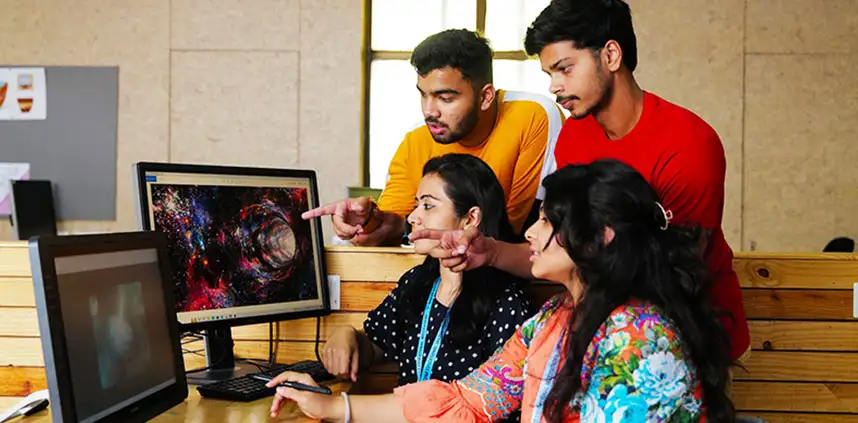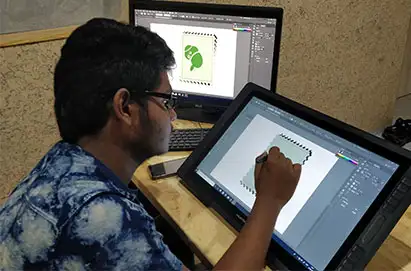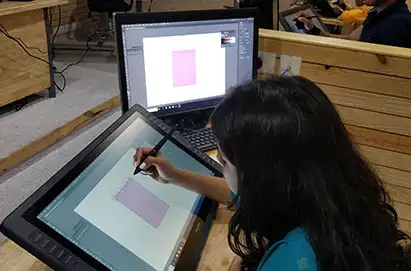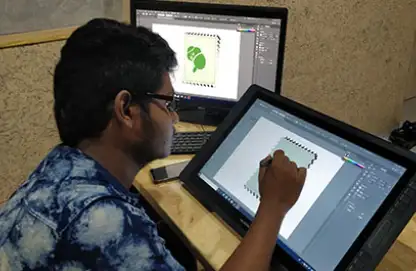School of Design at Manav Rachna offers higher education program in
Bachelor of Design with specializations (in any one)
- Communication Design
- Interior & Spatial Design
- Product Design
- Fashion Design
BACHELOR OF DESIGN (4 years )
A Bachelor of Design (B. Des) 4-year course is an undergraduate program that provides students with a comprehensive understanding of design theory, techniques, and methodologies. The course is typically designed to equip students with the skills and knowledge needed to succeed in a variety of design-related careers.
The program typically includes a mix of coursework, design projects, and practical experience, with a focus on developing skills in areas such as:
- Design fundamentals, including color theory, composition, and typography
- Design research and analysis
- Digital design tools and software. (Digital and analogue methodologies are amalgamated)
- User experience (UX) design
- User interface (UI) design
- Design thinking and innovation
- Visual communication and branding
- Pattern making
- Design history and theory
- Material exploration and experimentation
- Sustainable design principles
- Resource management, Scheduling, and Project Management
Throughout the program, students may have the opportunity to work on design projects for real-world clients, participate in internships or co-op programs, and build a portfolio of work to showcase their skills to potential employers.
Upon completion of a B.Des program, graduates may pursue careers in a wide range of industries, including advertising, graphic design, web design, Communication design, interior design, among others. Alternatively, some graduates may choose to pursue further education, such as a Master of Design (M. Design) program, to further specialize in a particular area of design.








